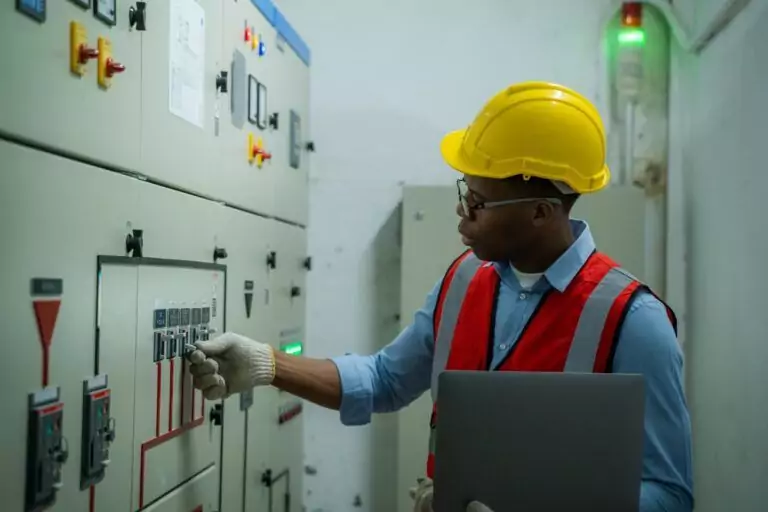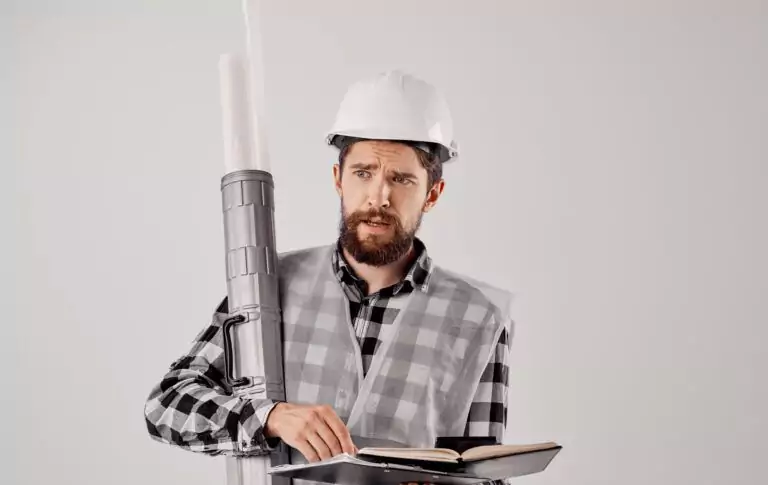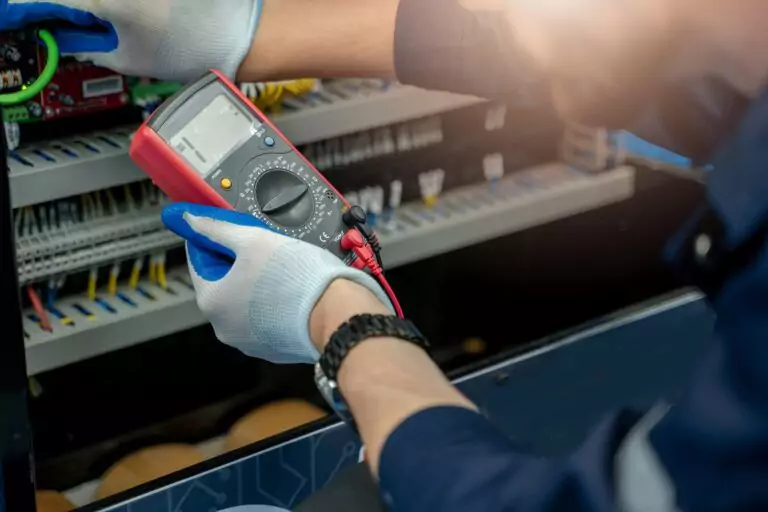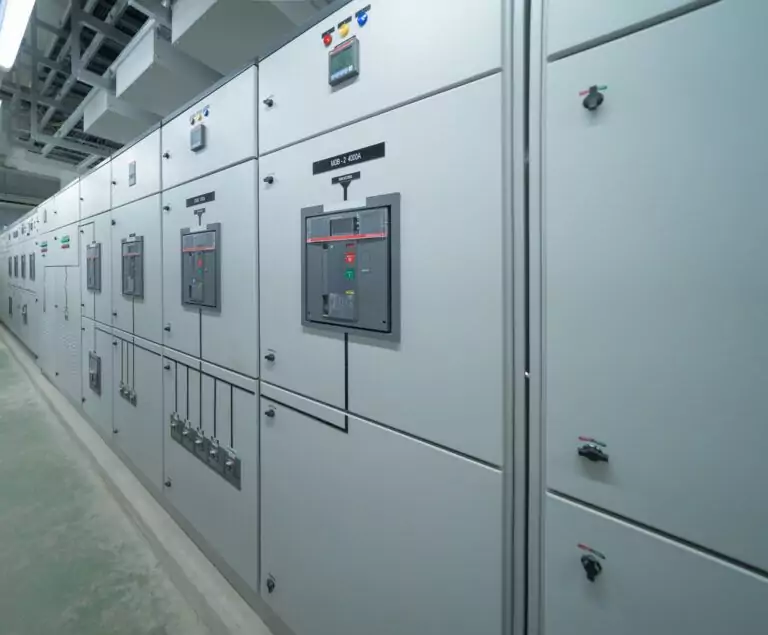
While engineers know how to apply their technical knowledge, sharing that knowledge with others requires writing technical documents.
In engineering, technical writing or editing helps engineers present essential information in a clear and concise manner. Improving your technical writing will lead to smoother operations within your business, clearer training for employees, and a better business relationship with clients and project stakeholders.
Visit our technical writing tips section to learn how engineers can improve technical writing skills to communicate information effectively with their audience.
We hope you will apply these technical writing tips for engineers to make your writing stand out for being clear and concise.
What is Technical Writing?
Engineers use technical writing to communicate information to others in the workplace–as well as anyone who wants to invest in, buy, or use their product or services.
Even in companies with technical writers on staff, like here at Vista, it works to everyone’s advantage to encourage people to improve their writing and editing skills.
When you work in engineering, writing technical documents is a regular occurrence. This technical documentation helps to progress a project and often represents key deliverables, like a construction work package (CWP) or project engineering plan (PEP).
Technical writers help the process by taking complex and often specialized information and adapting it into a format that is easy to understand.
In engineering, technical writing often involves illustrations and tables to organize information in a way that is easy to consume. Engineers who double as writers or editors can use their knowledge and time for more than one aspect of the job and therefore become assets to their companies.
Advantages of Technical Writing
Technical writing communicates necessary information in an accessible form. It helps with project management, breaking down concepts into clear, concise language, such as in a business plan for investors.
Internally, a well-written standard operating procedure (SOP) will give employees a reference when they can’t ask their peers or supervisors about a process.
When engineers have the skills to convey technical information, this saves time and money for their company. By understanding your audience and the best way to write for them, you can secure funding, increase productivity, and create an overall better work environment.
As a technical writer/editor, you’re not just writing for one audience. You want to create documents you can use to communicate with executive committees, sales representatives, consultants, end-users, customers, and clients. These people all need to understand your company, and writing gives you the best opportunity to help them do that.

How to Improve Your Technical Writing
Technical writing means using specific communication skills that you may not need for other types of writing. To present information in a way people can understand clearly, be sure to keep stylistic components in mind. Remember that these techniques will give your readers the best impression.
Modularity and Simplicity
Modularity allows your work to fit more than one audience. It involves clear communication that makes sense to many different people. By whittling the topic down to the basics, you can adapt your work to various situations and experience levels.
For example, you may initially need to explain to investors why your product can fix a bridge better than your competitor’s. You can use that same information when you meet to convince city officials to use that same product when they need to fix bridges in their area.
Modularity goes hand in hand with simplicity. Engineers are accustomed to technical language, but that doesn’t mean your audience will understand it. Avoid elaborate, complicated details, and focus instead on distilling the information to the most critical pieces.
Consider Your Audience First
Engineers know how to communicate information to other engineers. However, with engineering technical writing, you often must expand your view of your audience to include people who don’t have the same knowledge that you do.
Know your audience before you start writing to avoid unnecessary revisions, or worse, reader confusion when they receive the final document. Relate to your audience. To facilitate communication in a way that makes sense to them, you will need to understand their interests, questions, lifestyle, and more.
Techniques to Use in Technical Writing
Writing about engineering work might not compete with your favorite book, but it doesn’t have to put your audience to sleep. Your writing should immediately catch the reader’s attention, which means using the right grammatical devices in your documentation.
Active Voice
Writing in active voice keeps your information direct, clear, and concise while minimizing extraneous words. It improves communication by keeping your readers engaged, too. Active voice also creates a faster-paced document, so readers won’t feel like they are slogging through technical language.
When you use fewer words, you also reduce grammatical errors.
Passive voice occurs when you invert a sentence structure to emphasize the object of the action rather than the subject. Many readers lose focus more quickly when reading documents written in the passive voice, so brushing up on your skills and editing your writing to seek out and correct passive verb constructions can help you avoid boring them.
Grammatical Devices
You can use many grammatical devices to help others understand your technical documents. From analogies to acronyms, these techniques can help your readers relate to your work when you bring the content closer to them.
Some grammatical devices, like acronyms, can avoid drawn-out jargon and reduce the time it takes readers to comprehend your work. Others, like parallelism, add rhythm and clarity to your writing by using similar structures to emphasize your points.
Graphics
Technical writing goes beyond using only words to convey your message. Images allow visual learners to piece information together and break up the text, so you don’t exhaust your reader.
Graphics work to illustrate essential concepts concisely and to allow the reader to skim the document. When you use charts, graphs, and infographics, you offer another way of presenting the material that supplements your written information.
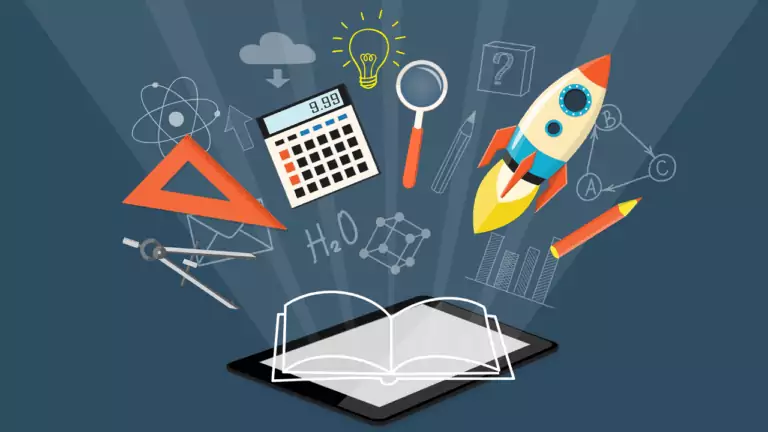
What to Avoid in Technical Writing
As much as you want to include specific techniques and patterns in your technical communication, you should avoid others. Engineering writing can easily overwhelm your audience, so omitting needless technical terms and confusing language will only boost your business when you present your documents.
Jargon
While you might think some words or phrases you know in engineering are commonplace, others might feel otherwise. Consider which words and phrases are more specific to your job and the degree to which you encounter them in other areas of your life, and then decide if you should use them in your writing.
For example, many people don’t know the parts of an elevator, windmill, or vehicle beyond the basics that benefit them. Stay away from complex technical terminology where possible, and explain the information in more simple terms. If needed, you should define the technical terms you use.
Redundancy
Redundancy can create confusion and disrupt communication. When you use the same phrasing or vocabulary across many steps, your reader may wonder which one comes first. Say it once clearly, and you won’t need to repeat it.
It also lengthens your work and makes it harder for readers like investors and customers to slog through overwritten and dense prose in search of the relevant content.
What Types of Technical Writing Should Engineers Know?
The lists you compile for clients and customers will look different from the executive summaries you create for stakeholders. Good writing means versatility and using your skills to develop multifaceted documents. Differentiating between types of engineering writing can boost business and ensure that you convey the correct information to the right people.
Reports
Engineering requires that engineers know how to compile a report. However, thekinds of reports vary, and the details you find in one may not fit in others.
For example, many engineers travel to assess an issue and make recommendations to fix the problem. A trip report details the reason for the trip, the findings, and the repairs they made or need to make. You may also need to compile business prospectus reports, primary research reports, and more.
Any report should show clear findings and be comfortable for busy supervisors, investors, and clients to read quickly. Reports make up an essential component of engineering advancement and repair. They do everything from explaining the benefits of a service to how that service has impacted the client or community.
Guides and Manuals
Many technical writers create internal and external documents in the form of guides and manuals to show users how to assemble or use specific equipment. Because this documentation may be useful for other engineers or by customers, you must remember your audience.
If you employ too much jargon for non-technical readers, you create a higher risk of error.
Executive Summary
When you create an executive summary, you usually want to attract investors who will give your business funding. This type of technical writing should outline any research your engineering company has done to solve a problem and detail how your solution will work once you implement it.
Most of the time, your stakeholders do not have the same expertise as engineers who have worked in the field for years. Executive summaries should function as shorter documents—up to two pages—that introduce and condense the findings of a business report.
Good technical documentation will allow stakeholders to skim for important information and decide whether they want to invest in the project you propose. Although these people invest in your business, you should stick to language with which they can identify, which will enable them to reach a conclusion quickly.
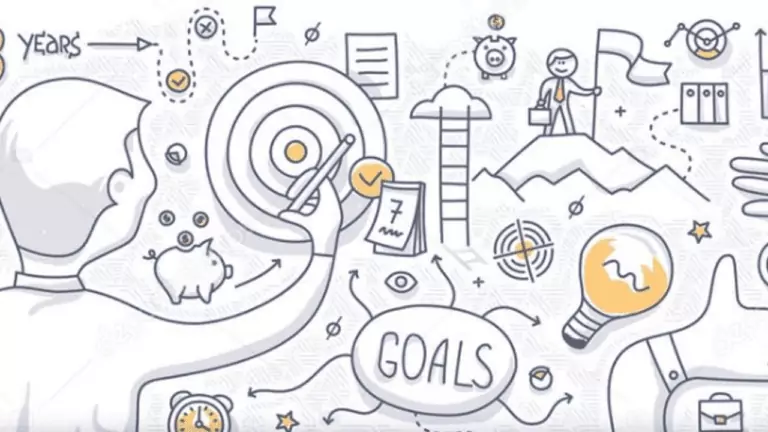
Benefits of Technical Writing for Engineers
When it comes to technical writing, engineering industries cannot survive without this type of documentation. Technical writers create these documents to improve productivity, sales, funding, and more.
Technical communication gives you a valuable career skill when you prove you can provide more than engineering services alone. By offering more than one skill, you make yourself a desirable, versatile job candidate and expand your opportunities.
Engineering technical writing also shows that you have important teachable skills and the knowledge to apply them both practically and in writing. No matter your industry, engineering or otherwise, companies need employees who can communicate with their customers, investors, and management–and execute ideas well.
When engineering technical writers show that they can write as well as they perform their engineering duties, they become an asset to any company.
At Vista Projects, we provide technical writing tips for engineers along with our exceptional engineering services so you can succeed in the industry and communicate your expertise to others.
Check out more technical writing tips in our resources section.

